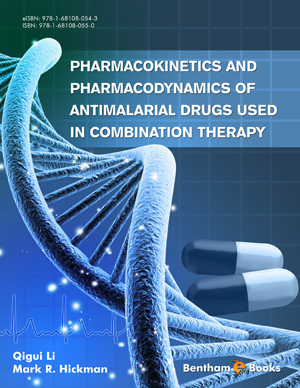Abstract
Most of the antimalarial drugs available on market were introduced in an era prior to the introduction of more modern practices of dose design based on principles of pharmacodynamics (PD) and pharmacokinetics (PK). Antimalarial dose regimens have been derived by empirical means rather than based on PK/PD models to maximize efficacy. These analyses factor in a wide variety of PK/PD parameters to include drug half-life, drug exposure levels, and times, drug metabolism, drug tissue volume of distribution and clearance, and PK inter-individual variations derived from animal model experiments and clinical trials in man. The relationships of drug half-life to antimalarial efficacy and resistance, dosing regimens to antimalarial efficacy and toxicity, and drug peak concentration to rapid antimalarial effects are defined in this chapter. There are significant advantages associated with defining the PK and PD characteristics of novel antimalarial drugs precisely which includes devising better methods of assessing therapeutic response. A clear definition of required PK and PD properties will also help with the design of drug regimens for dosing antimalarial drugs. The dose to be administered, the duration of dosing, and the frequency of dosing, can be modeled to help predict treatment cures and failures. Ultimately, a well-planned dose regimen of an antimalarial combination therapy will aid in slowing the emergence of parasite drug resistance. Antimalarial drugs are administered therapeutically in doses that result in patient blood concentrations far beyond the levels required for maximum effect. To evaluate a usable antimalarial drug, the maximum antimalarial effect observed differs when examining the varied responses between individuals. Thus, defining in vivo therapeutic levels requires analyzing associations between drug levels (PK inputs) and the risk of recurrent parasitemia, recrudescence, and re-infection (PD inputs) which provides important data to both develop and refine antimalarial monotherapy and combination therapies.
Keywords: Artemisinins, drug exposure level, drug exposure time, drug peak concentration, drug therapy, half-life, pharmacodynamics (PD), pharmacokinetics (PK), pharmacokinetics and pharmacodynamics (PK/PD), rapid action, toxicity.






















